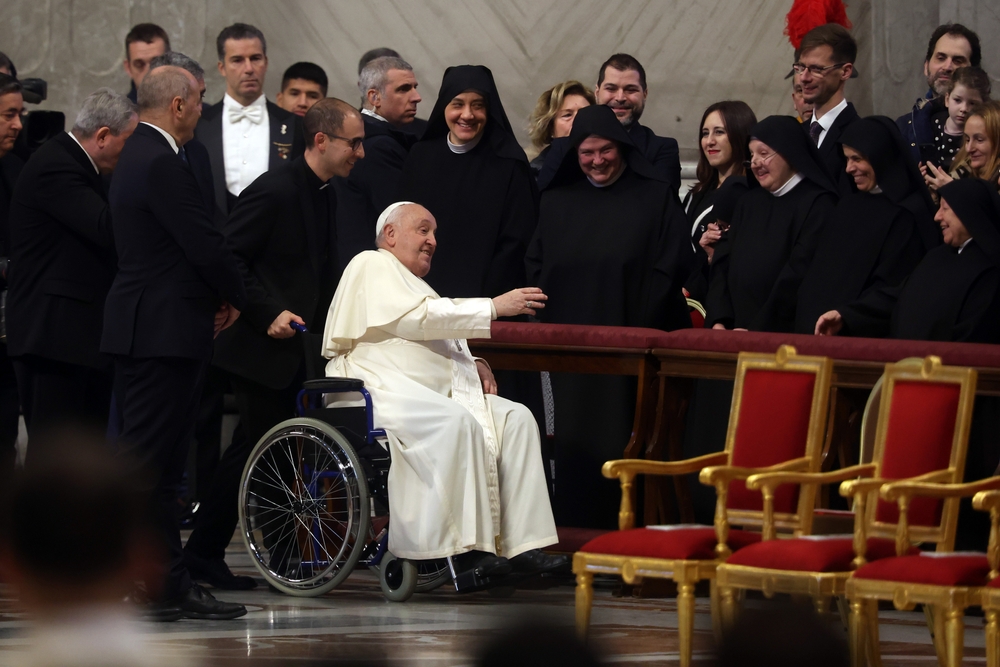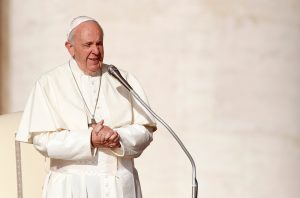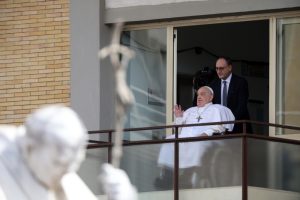Late pontiff to be laid to rest in Basilica of Saint Mary Major, fulfilling his final wish
Others are reading now
The Vatican has officially confirmed that the funeral of Pope Francis will take place on Saturday, April 26, at 10:00 a.m. local time.
The announcement comes as Catholics around the world continue to mourn the passing of the Church’s first Latin American pope, who died on April 21 at the age of 88.
In line with tradition, the late pope’s body will lie in state beginning Wednesday morning in St. Peter’s Basilica, allowing the public to pay their final respects before the funeral ceremony.
A Departure from Tradition
Breaking with centuries of custom, Pope Francis will not be interred beneath St. Peter’s Basilica like many of his predecessors.
Also read
Instead, he requested to be buried in the Basilica of Saint Mary Major, one of Rome’s oldest and most venerated Marian churches. His coffin will be a simple wooden one, in keeping with the humility that defined his papacy.
The body currently rests in the chapel of Domus Santa Marta, where Francis lived during his 12-year reign—another departure from the norm, as he chose to forgo the lavish Apostolic Palace.
As reported by HotNews.ro, the arrangements were finalized Tuesday by the College of Cardinals, who are also preparing for the upcoming conclave to elect a new pope.
The Road Ahead
Following Francis’ funeral, attention will turn to the conclave, which is expected to begin 15 to 20 days after the pope’s death.
Only cardinals under the age of 80 are eligible to vote in the secret ballot held in the Sistine Chapel. A two-thirds majority is required to elect the new pontiff.
The world will know a decision has been reached when white smoke emerges from the chapel chimney. Until then, the Church enters a period of both mourning and anticipation—marking the end of a transformative era and the beginning of a new chapter in its 2,000-year history.







